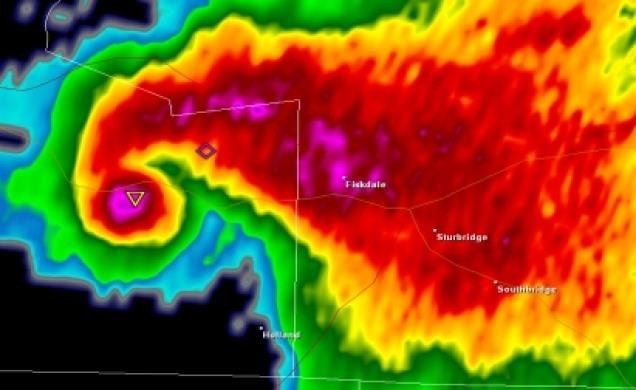Well I'm really hoping things will quiet down across the country in terms of winter weather soon so I can really get back into this.
Anyways, I have started to go back and re-do this whole project.
I have completed the list of La Nina winters by strength (weak, moderate, strong/super-strong).
When looking at structure (west-based, basin-wide, east-based), I want to go about this in a way that is a bit more complex. Originally, I was doing structure based on DJF SSTA's, however, I think structure evolution also needs to be taken into account. For example, you could have east-based during the fall and that could evolve into a west-based structure moving through winter. So for this, I am doing SSTA composites for OND, NDJ, and DJF.
When I get into the core of the composites (500mb height anomalies, Sea-level pressure anomalies, temperature anomalies, Outgoing longwave radiation anomalies, etc.) I am going to break winter into two halves.
December 1 - January 30
February 1 - March 31
Doing this will now incorporate March into my composites which I didn't have before and obviously we know winter can be a tale of two halves. I think doing this breakdown too will elicit better signals of pattern change periods in the historical record.







